Marlborough is pleased to announce an exhibition of new work by Paula Rego. The exhibition comprises three new series of pastels and watercolours. Each series explores a separate and compelling story that is concerned with and inspired by Portugal, the place of Rego’s birth.
The Last King of Portugal, after which the exhibition is named, is a series of pastels focusing on the life of Manuel II, who was crowned king in 1908 at the age of 19 following the assassination of his father King Carlos I. He was known as The Patriot and his reign lasted only two years, ending in 1910 with the Republican revolution and resultant dissolution of the monarchy. He fled to Britain, where he remained in exile for the rest of his life. He married the Princess Augusta Victoria of Hohenzollern-Sigmaringen and they lived together in Twickenham until his death in 1932. Manuel did not return to Portugal in his lifetime but a Lisbon state funeral was authorised by Prime Minister Antonio Oliveira de Salazar.
The second series of paintings is based on The Relic, an 1887 novel by Portuguese author Eça de Queiróz, which tells the story of anti-hero Teodorico Raposo who deceives his wealthy, pious aunt in order to ensure her riches are bequeathed to him. To please his aunt and to rid himself of his unfaithful mistress, he embarks on a journey to the Holy Land in search of the religious relic after which the series is named. The author has always been one of Paula Rego’s favourite Portuguese novelists. Another one of his novels, The Sins of Father Amaro, was the subject of one of her finest series of pastels, which was exhibited at the Dulwich Picture Gallery in 1998.
For the third group of works Paula Rego illustrates a new book in which her daughter Caroline Willing retells the traditional folktale Stone Soup, which has existed in numerous incarnations around the world for centuries. In it a young female protagonist saves herself from starvation by outwitting a group of villagers into providing her with ingredients for a soup that in the end is able to feed them all. Rego and Willing’s version is re-imagined in a new context by thirteen watercolour and ink paintings that are suggestive of Portuguese landscapes and architecture. Much of Rego’s work concerns folk tales, their consistent ability to endure and renew. In these works, a cast of expressive figures negotiate the boundary between caricature and figurative abstraction in a manner that is typical of Rego’s double-edged satirical style. The frequent inclusion of animal figures in the works also provides compelling and ambiguous foils to the human cast.
The exhibition will coincide with a publication of Stone Soup by the Enitharmon Press and Marlborough will publish a fully illustrated catalogue of the exhibition.
Works
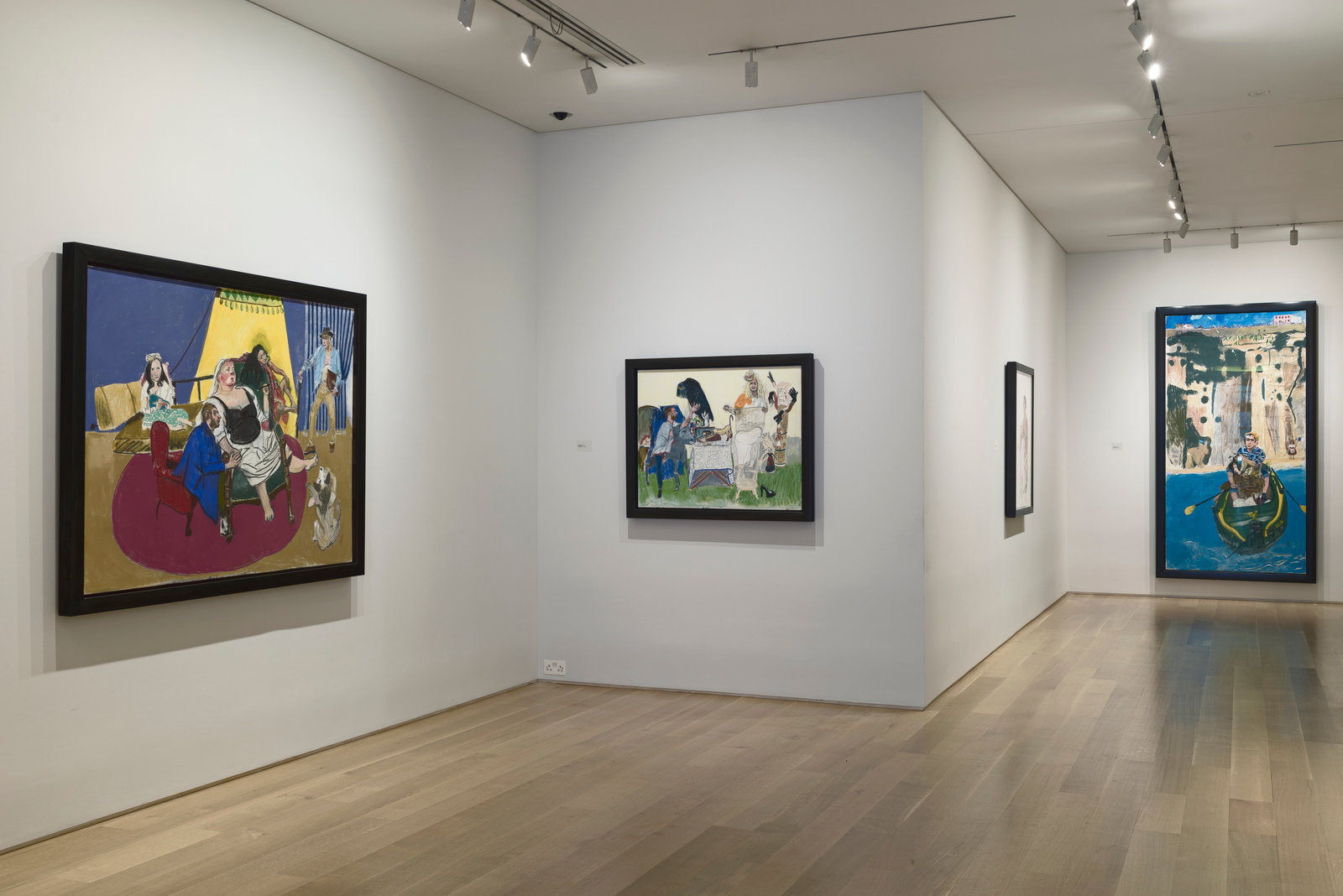
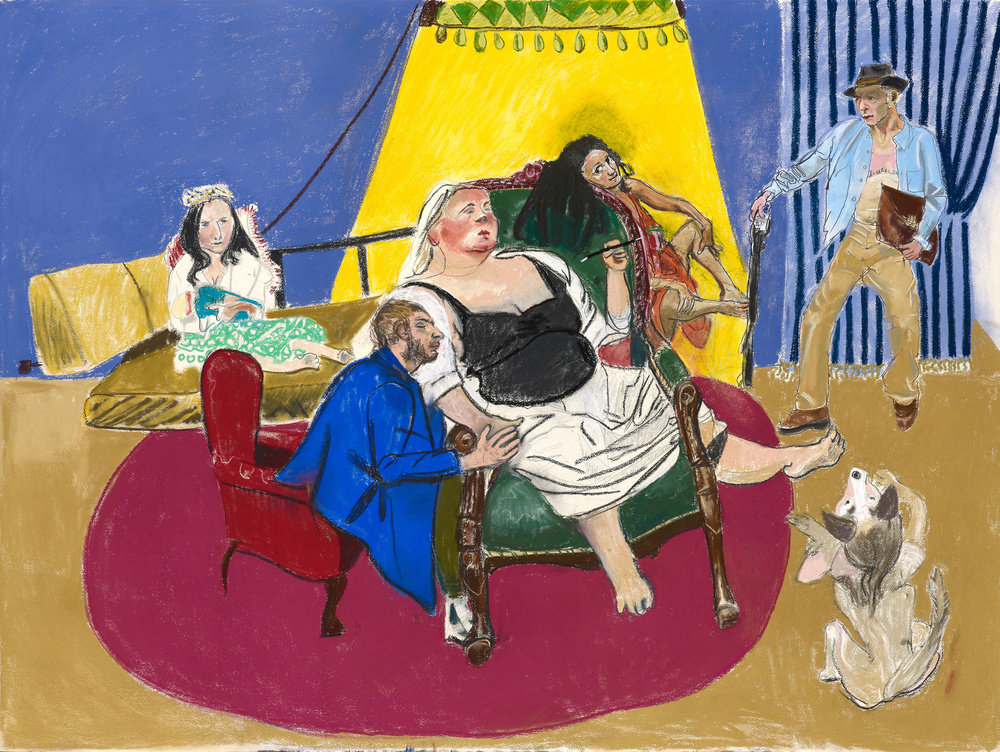
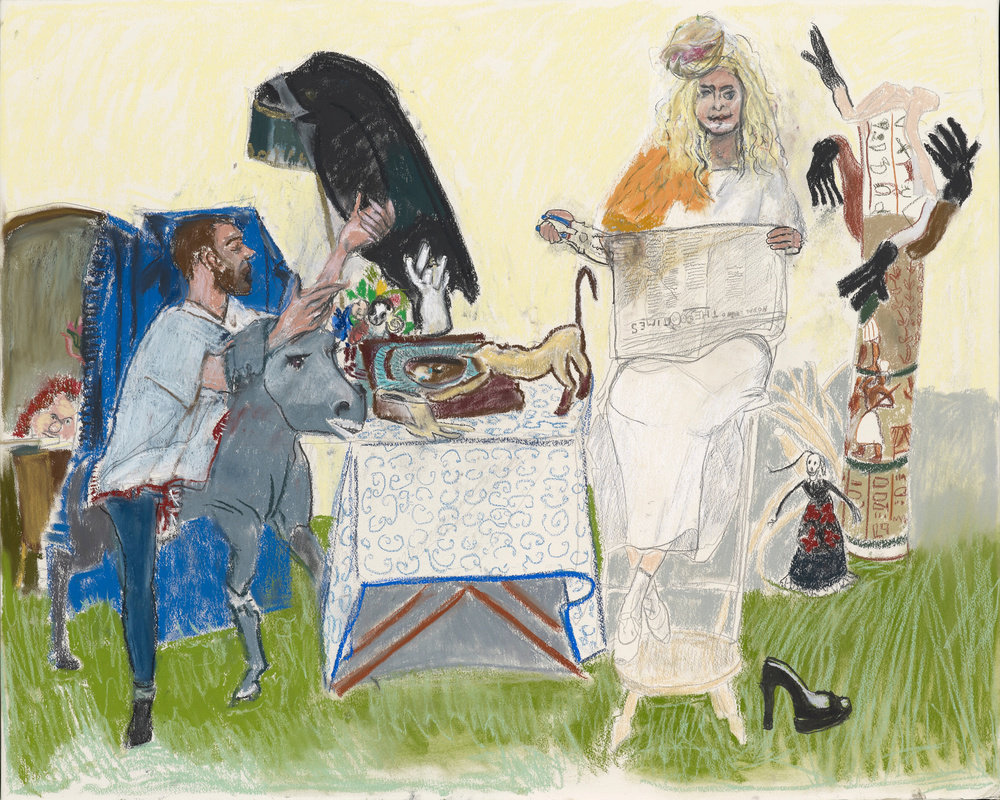
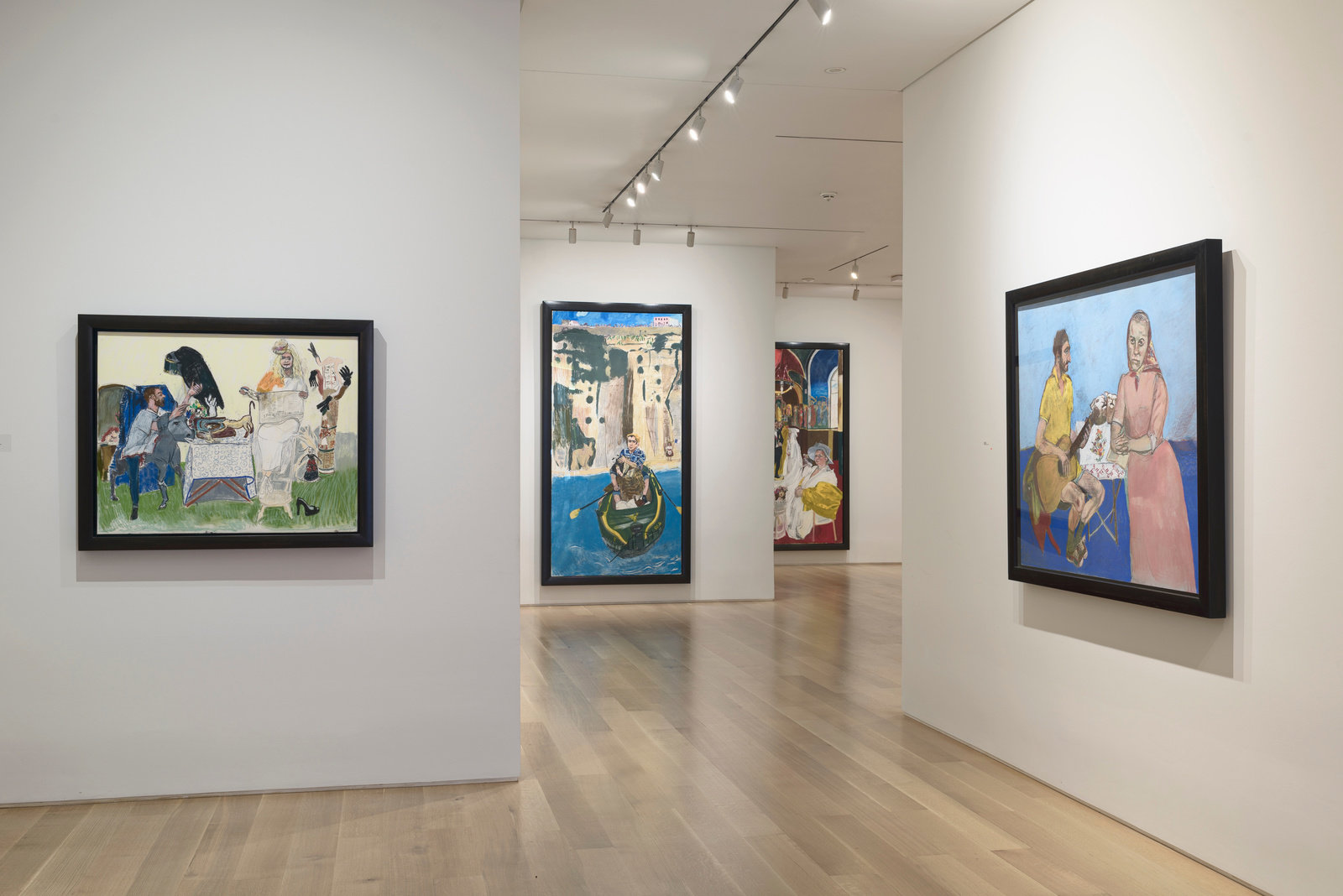

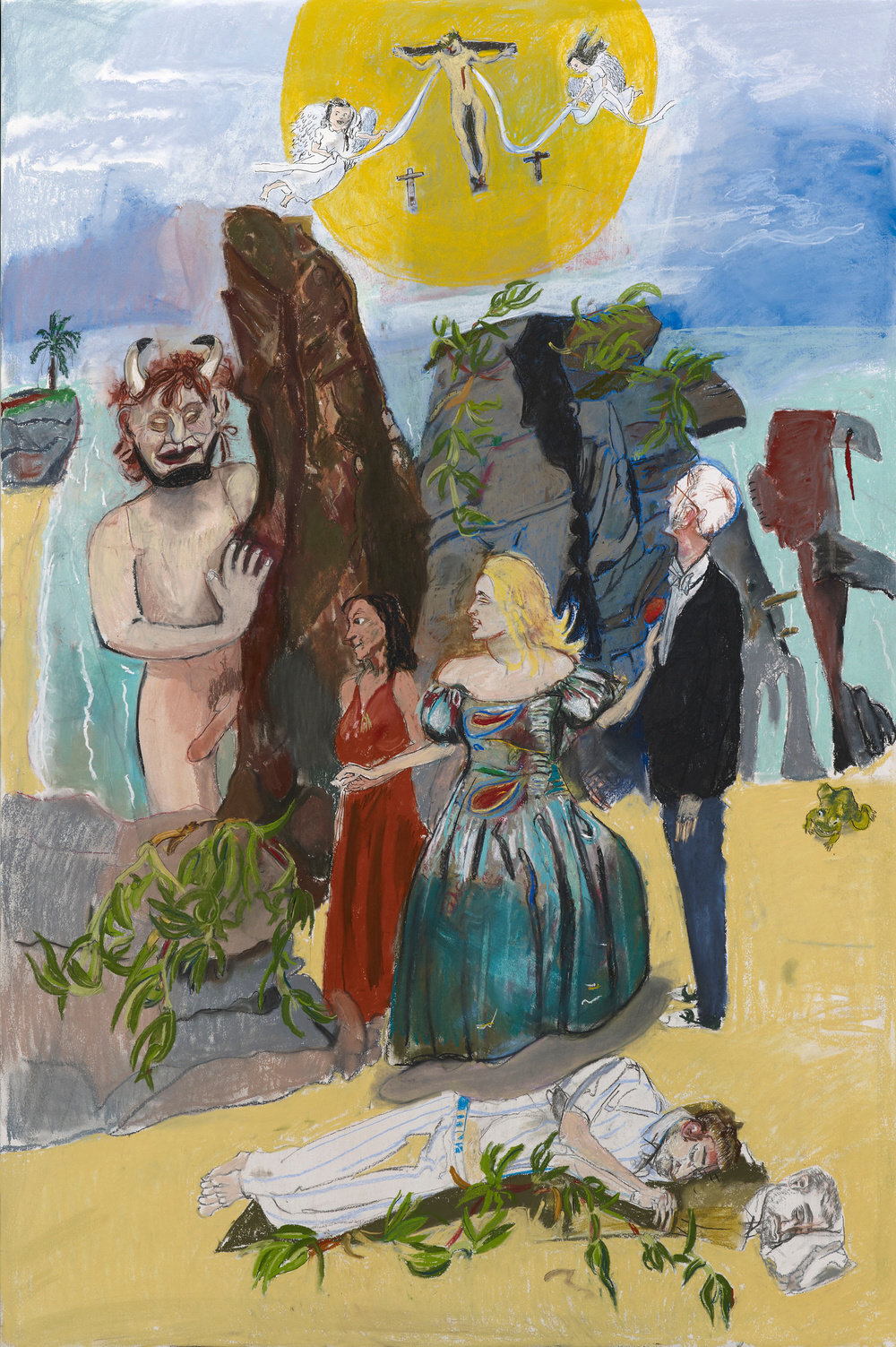
Press
